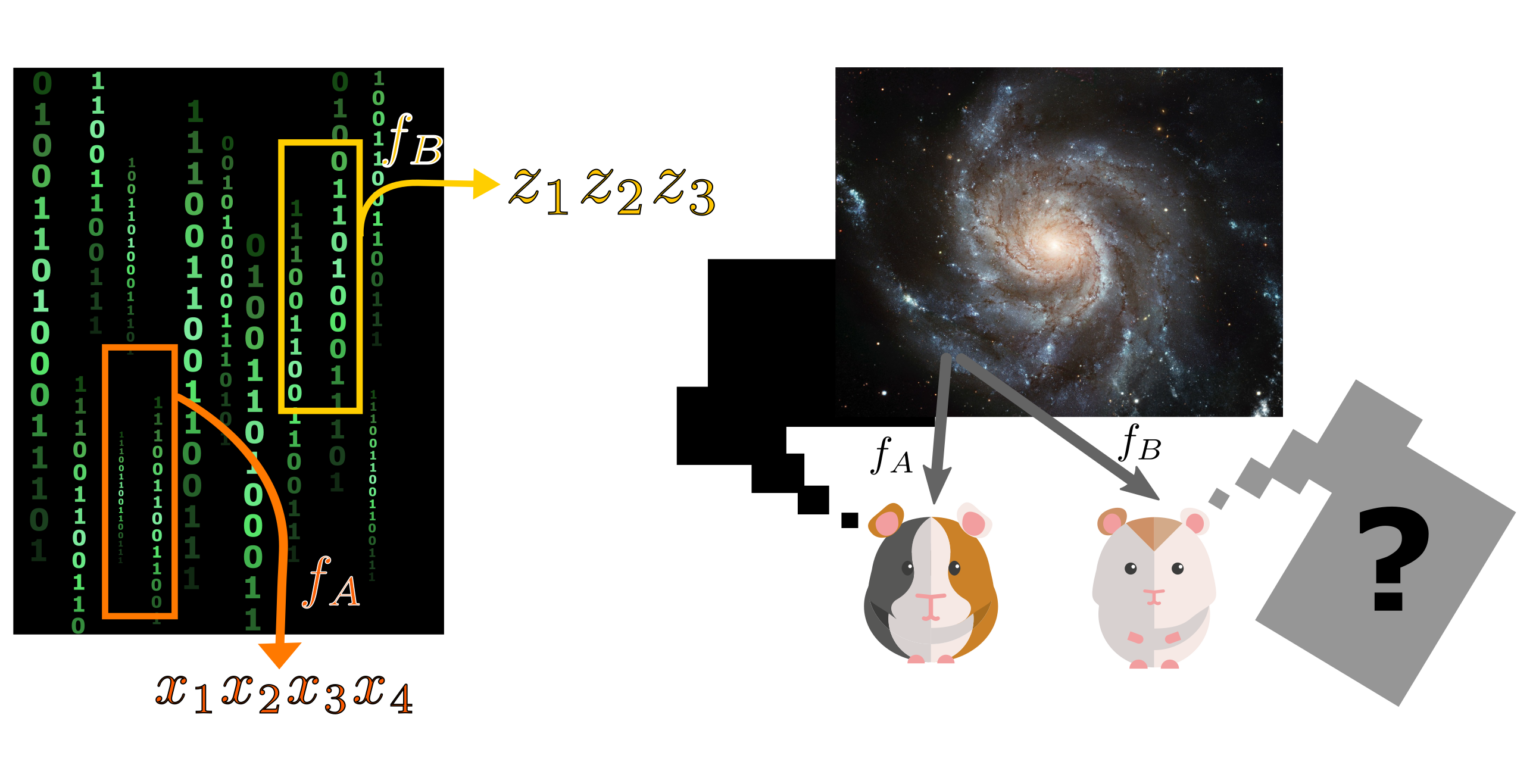
Among the many puzzles of quantum mechanics, one famous enigma is the thought experiment of “Wigner’s friend”: what would a human observer see if put in a superposition state? Several quantum physicists have studied this problem in isolation, but Markus Müller argues that one should take a broader view instead. After all, similar puzzles have appeared in other fields: for example, cosmologists are struggling with the “Boltzmann brain problem” and philosophers with “Parfit’s teletransportation paradox”, asking what observers would see if they were duplicated or lived in an extremely large universe.
In the study that has appeared in the journal “Quantum”, Müller suggests an approach that aims at tackling these different paradoxes in one stroke. To do so, he introduces a rigorous mathematical version of what philosophers call “idealism”. In this approach, it is not a physical world with laws of nature that is fundamental, but the observer itself -- as an abstract, information-theoretic entity.
In his paper, Müller shows that such an approach can indeed resolve some of the famous observer paradoxes. Moreover, it is consistent with our physical observations: the approach predicts that observers will automatically see an external world in which they seem to be embedded. While Müller’s approach is only a first blueprint and not yet a fully worked-out theory, it demonstrates that a quite different view on the foundations of physics is in principle possible, and might be a fruitful avenue to explore.
"Law without law: from observer states to physics via algorithmic information theory", Markus P. Müller, Quantum, 4, 301
https://doi.org/10.22331/q-2020-07-20-301
